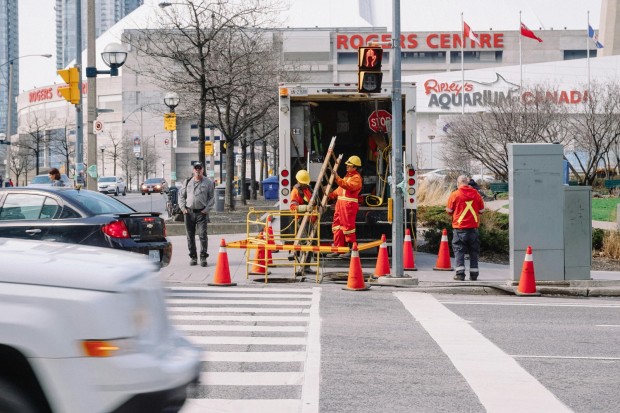Delays are a frequent challenge in construction, throwing projects off track. However, you can keep things moving smoothly by recognizing the typical culprits behind these setbacks and taking proactive solutions. By anticipating these challenges and planning, you can significantly enhance the efficiency and timeliness of your construction projects.

(Photo : Pexels/Maarten van den Heuvel )
1. Budget Conflicts and Inaccuracies
Problems with the budget are another factor that causes delays in the project's building project's construction. The majority of building projects wind up going above their allotted budget. Workers not compensated for their efforts do not want to go to work. If things go beyond the initial plan, customers do not want to spend more than initially agreed upon throughout the transaction.
Inaccurate estimations are also a factor. Misconceptions about specific employment openings may result in their closure for weeks or months. Therefore, it is crucial that professional project managers consistently prioritize precise estimates to guarantee sufficient funds for materials, labor, and other expenditures.
2. Poor Project Planning
The planning phase significantly impacts project outcomes. Accordingly, the advice on quality planning is placed in the first place in several different sets and lists of building project management guidelines. One of the most significant factors that might lead to delays in building projects is typically inadequate planning. Proper project planning involves the identification of a construction scope of work that must be executed to achieve the intended result with the least amount of time and expense. As construction projects typically involve various specialists or work groups, each facet of their contributions must be integrated into the planning phase to achieve superior outcomes.
3. Scope Creep
An example of scope creep is the continuous expansion of a project's scope or alterations that are not under control. This can occur if the project needs to be well-specified, documented, or controlled. Thus, the deadlines are frequently stretched as more jobs are added to the project.
Also Read: Can Robots Solve Construction Worker Shortage?
4. Project Requirements Not Communicated Properly
Although effective communication is essential to the timely wrapping up of projects, many teams encounter delays in project completion due to communication issues between team members, customers, and other stakeholders. Several factors contribute to its ineffectiveness, including preconceived notions, ignorance, the absence of appropriate communication instruments, different time zones and distances, and so on. In addition, failure to properly communicate vital information may impede work processes, which will invariably result in delays in the execution of the project.
5. Procrastination By Team Members
It is believed that the poor performance shown by some team members, which ultimately results in setbacks in the completion of the project, is primarily caused by procrastination. Some individuals complete specific jobs in a more extended amount of time than anticipated, which results in additional delays for the subsequent dependent tasks.
People may reportedly put off doing anything for various reasons, including aversion to the task, stress from work, anxiety, carelessness, becoming overwhelmed, and so on. The identification of individuals who frequently fail to meet deadlines is something that organizations should do to prevent procrastination and delays in project completion. Accordingly, identifying the factors contributing to their slow work and taking the necessary steps to rectify the situation guarantees that your projects will stay within their intended course.
Related Article: Working in Confined Spaces: 5 Construction Safety Tips From OSHA to Avoid Hazards







